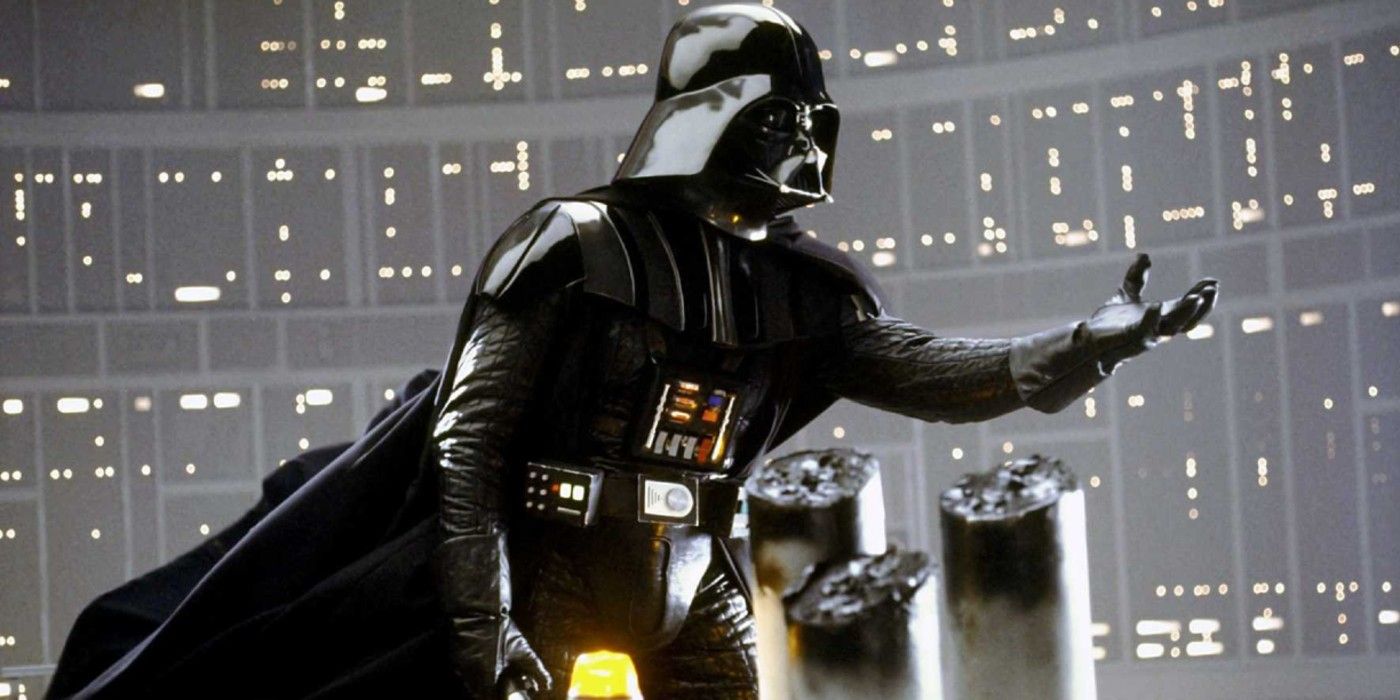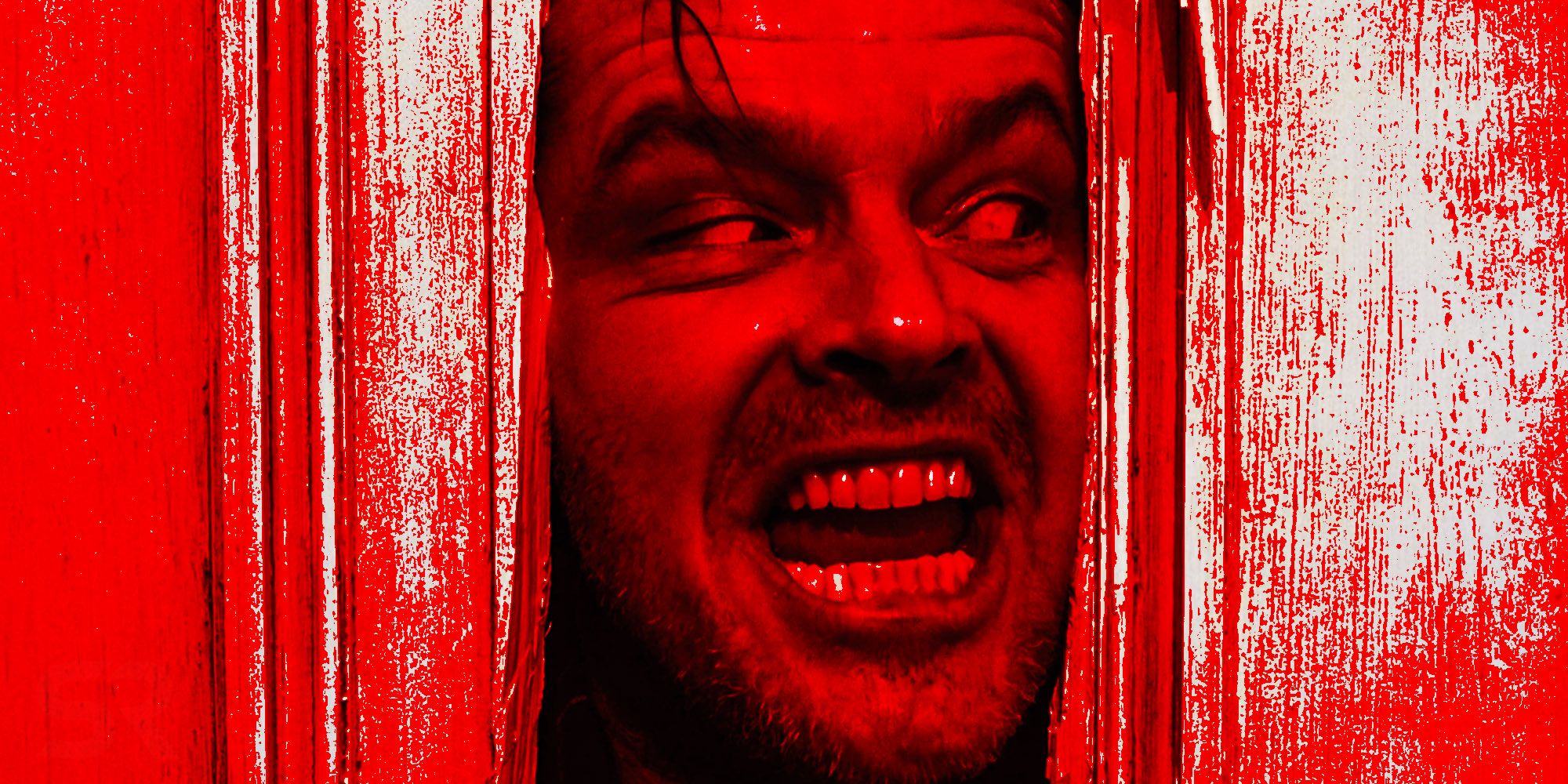The Most Memorable Movie Scenes That Left a Lasting Impact
Cinema has a unique power to captivate audiences, transporting them into different worlds and evoking a spectrum of emotions. Throughout the history of film, certain scenes have become iconic, leaving an indelible mark on popular culture and the collective memory of viewers.
This article explores some of the most memorable movie scenes that have left a lasting impact, examining why they resonate so deeply and how they continue to influence both audiences and filmmakers.
The Shower Scene in "Psycho" (1960)

A Masterclass in Suspense and Editing
Alfred Hitchcock's "Psycho" features one of the most famous scenes in cinematic history: the shower scene.
Janet Leigh's character, Marion Crane, is brutally murdered in a shower, a sequence that has become iconic for its shocking nature and technical brilliance.
This scene's lasting impact can be attributed to several factors:
- Innovative Editing: The rapid cuts between shots create a sense of chaos and disorientation, heightening the suspense.
- Music Score: Bernard Herrmann's screeching violins add a layer of intensity, making the scene even more unnerving.
- Cinematic Techniques: Hitchcock's use of close-ups and camera angles contributes to the feeling of vulnerability and horror.
The shower scene in "Psycho" redefined horror and suspense, influencing countless films and filmmakers in the decades that followed .
The Opening Scene in "Saving Private Ryan" (1998)
Realism and Emotional Impact
Steven Spielberg's "Saving Private Ryan" opens with a harrowing depiction of the D-Day landings at Omaha Beach.
This 24-minute sequence is renowned for its brutal realism and emotional power, effectively conveying the chaos and terror of war:
- Authenticity: Spielberg's meticulous attention to detail, from the sound design to the use of handheld cameras, creates an immersive and realistic experience.
- Emotional Resonance: The scene's raw depiction of violence and sacrifice honors the bravery of those who fought in World War II, leaving a profound emotional impact on viewers.
- Cinematic Innovation: The use of desaturated colors and graphic violence set a new standard for war films, influencing the genre significantly.
The opening scene of "Saving Private Ryan" remains one of the most powerful and memorable sequences in film history, praised for its historical accuracy and emotional depth .
The "I Am Your Father" Revelation in "Star Wars: The Empire Strikes Back" (1980)
A Pivotal Plot Twist
The revelation of Darth Vader's true identity in "Star Wars: The Empire Strikes Back" is one of the most iconic moments in science fiction cinema.
The scene where Vader reveals to Luke Skywalker that he is his father is memorable for several reasons:
- Unexpected Twist: The shocking revelation completely alters the narrative and deepens the characters' relationships, leaving audiences stunned.
- Cultural Impact: This moment has permeated popular culture, becoming a reference point in countless other media and conversations.
- Character Development: The twist adds complexity to Vader's character, transforming him from a simple antagonist to a more nuanced and tragic figure.
The "I am your father" scene remains a benchmark for plot twists and character development, demonstrating the power of unexpected revelations in storytelling .
The "Here's Johnny!" Scene in "The Shining" (1980)
Iconic Horror Performance
Stanley Kubrick's "The Shining" features numerous memorable scenes, but none more so than Jack Nicholson's "Here's Johnny!" moment.
This scene, where Jack Torrance breaks through a bathroom door with an axe, is unforgettable for several reasons:
- Nicholson's Performance: Jack Nicholson's unhinged portrayal of Jack Torrance is terrifying and compelling, showcasing his range as an actor.
- Visual and Auditory Elements: The scene's use of tight framing, dramatic lighting, and unsettling sound design creates a claustrophobic and intense atmosphere.
- Cultural Longevity: "Here's Johnny!" has become a widely recognized and quoted line, solidifying its place in popular culture.
This scene exemplifies how a combination of performance, direction, and technical elements can create a moment that endures in the collective consciousness of audiences .
The Final Scene in "The Godfather" (1972)
A Masterpiece of Cinematic Storytelling
The closing scene of Francis Ford Coppola's "The Godfather" is a masterclass in subtlety and storytelling.
As Michael Corleone consolidates his power, the door closes on his wife Kay, symbolizing his complete transformation and the separation of his personal and criminal lives:
- Symbolism: The closing door is a powerful visual metaphor for Michael's descent into the world of organized crime and the moral compromises he makes.
- Character Arc: This scene marks the culmination of Michael's character arc, from reluctant family member to ruthless mafia boss.
- Directorial Brilliance: Coppola's use of juxtaposition and pacing in this final sequence highlights the gravity of Michael's actions and their impact on his family.
The final scene of "The Godfather" remains a powerful example of how to convey complex themes and character development through visual storytelling .
Conclusion
These iconic movie scenes have left a lasting impact on audiences and filmmakers alike, showcasing the power of cinema to evoke emotions, tell compelling stories, and create unforgettable moments. From the suspense of "Psycho" to the emotional resonance of "Saving Private Ryan," these scenes demonstrate the artistry and creativity that define great filmmaking. As the landscape of cinema continues to evolve, these memorable moments will remain timeless, inspiring future generations of storytellers and moviegoers.
References
- The Guardian: How Alfred Hitchcock's Psycho changed cinema
- New York Times: Spielberg’s D-Day Triumph
- History Extra: How accurate is Saving Private Ryan?
- BBC: Star Wars' most famous line was a total secret






































